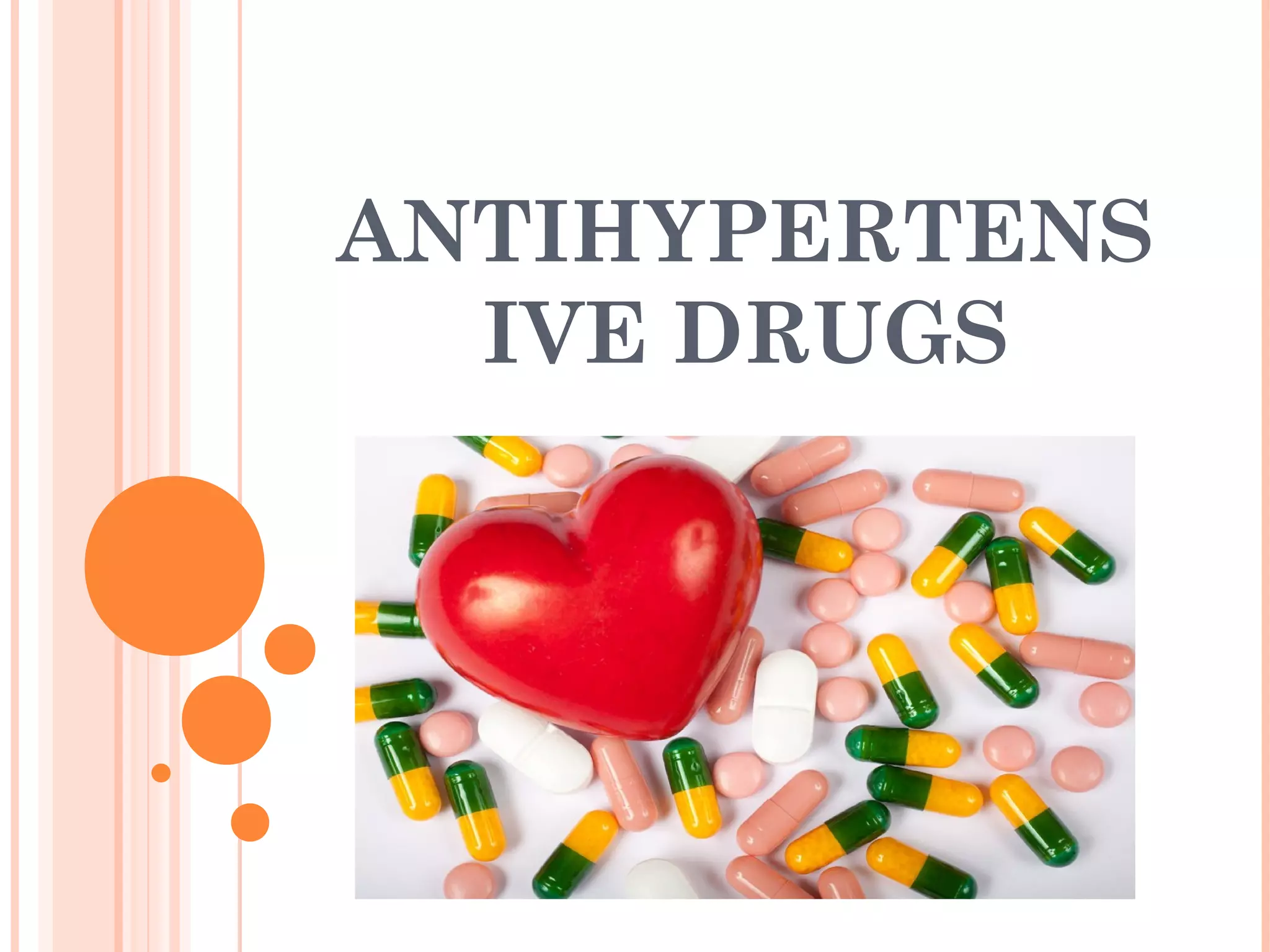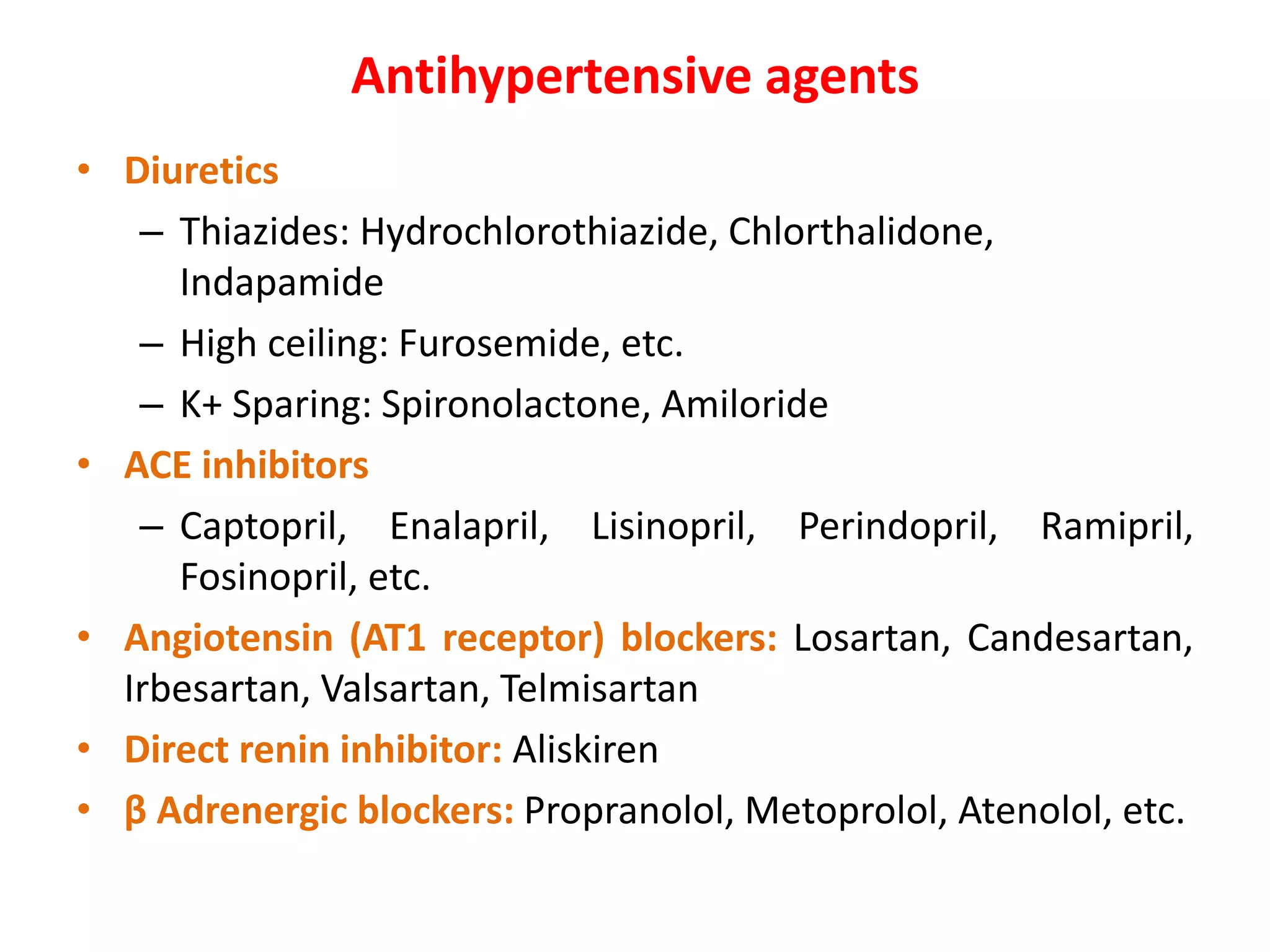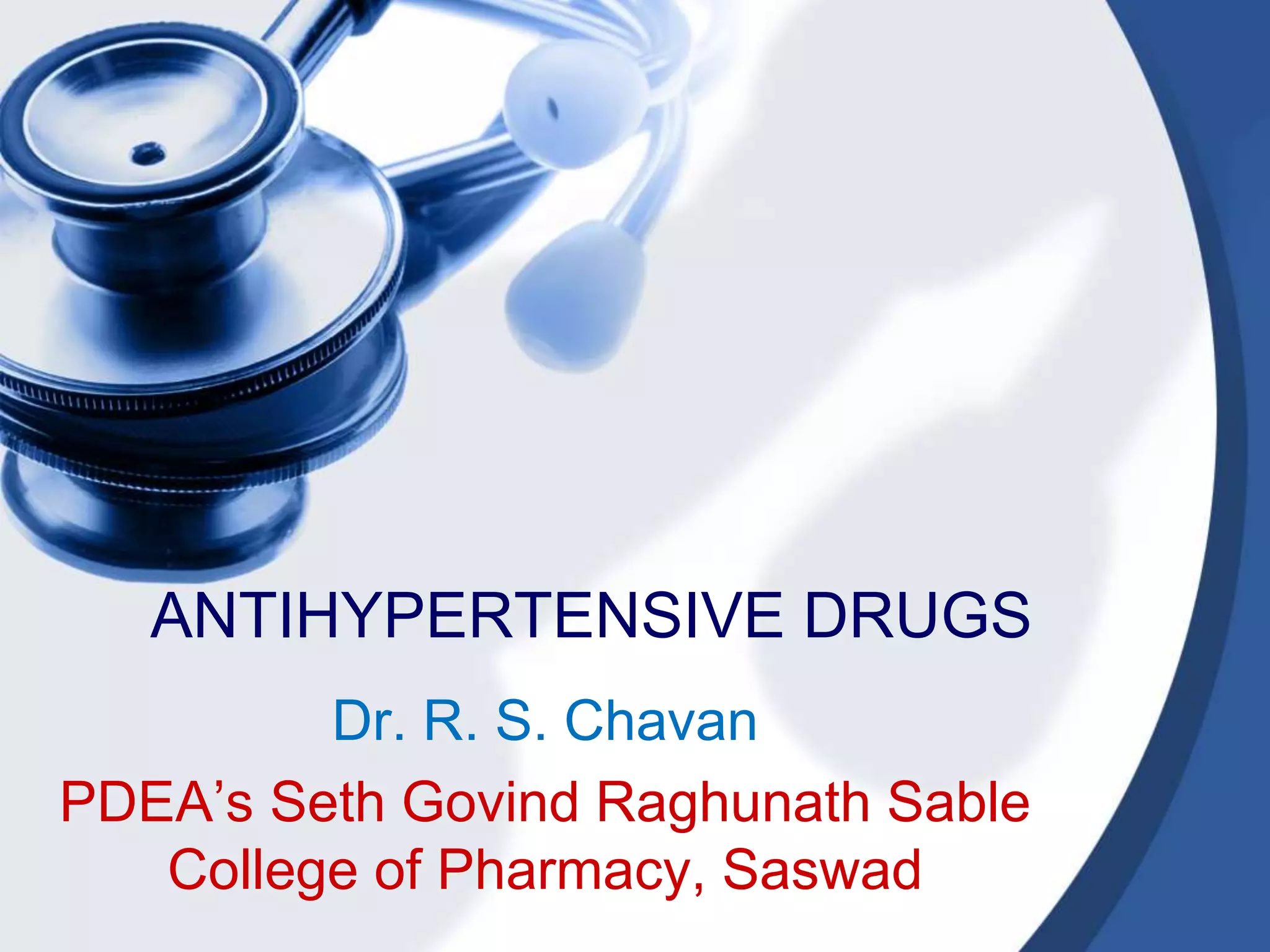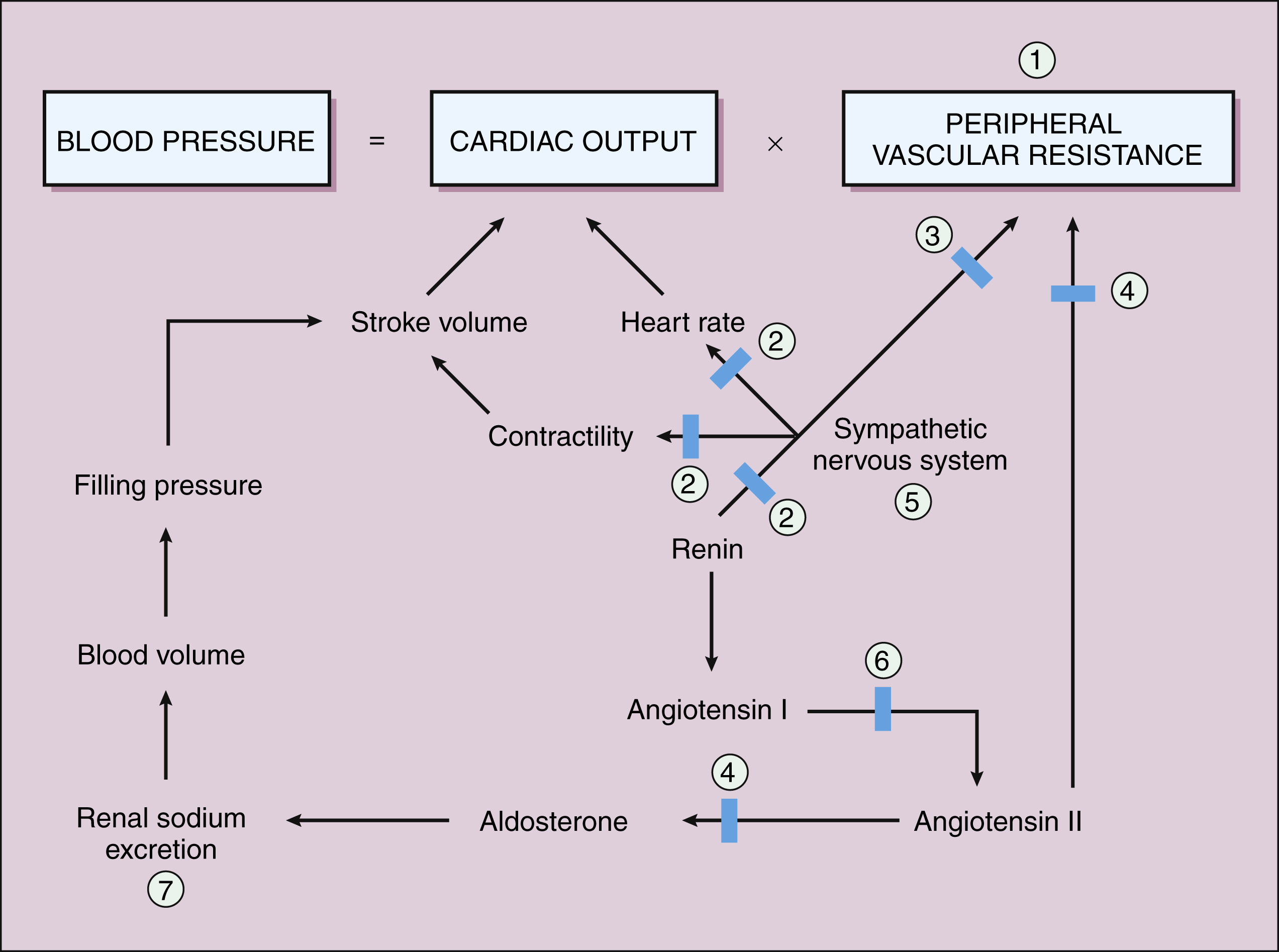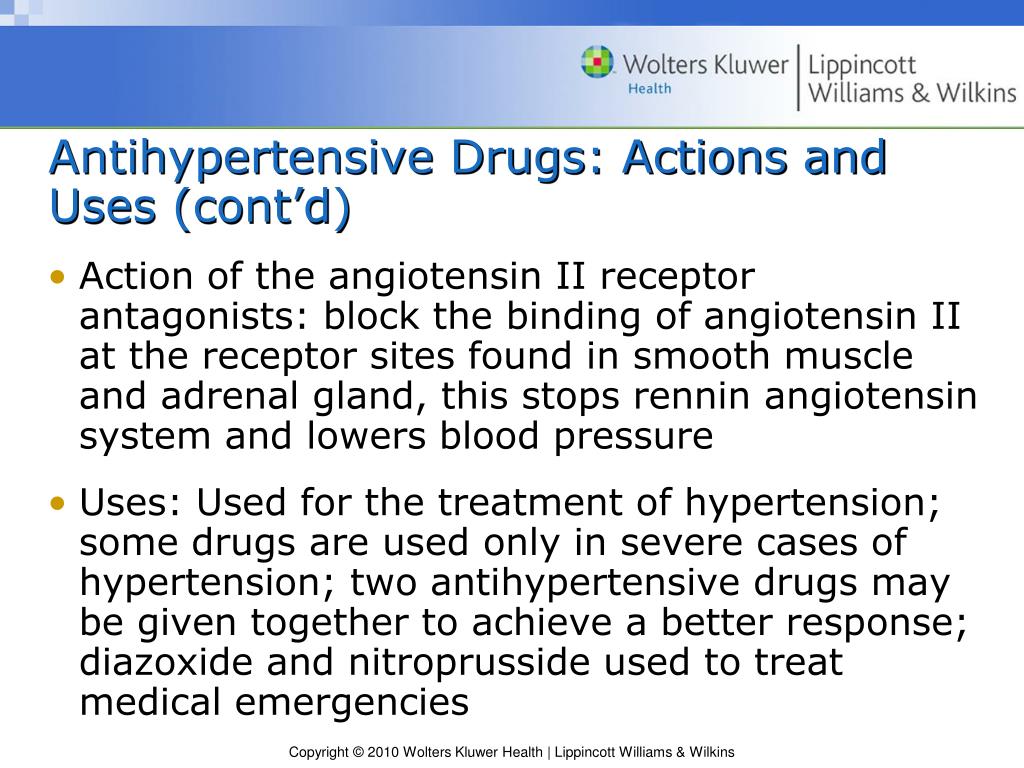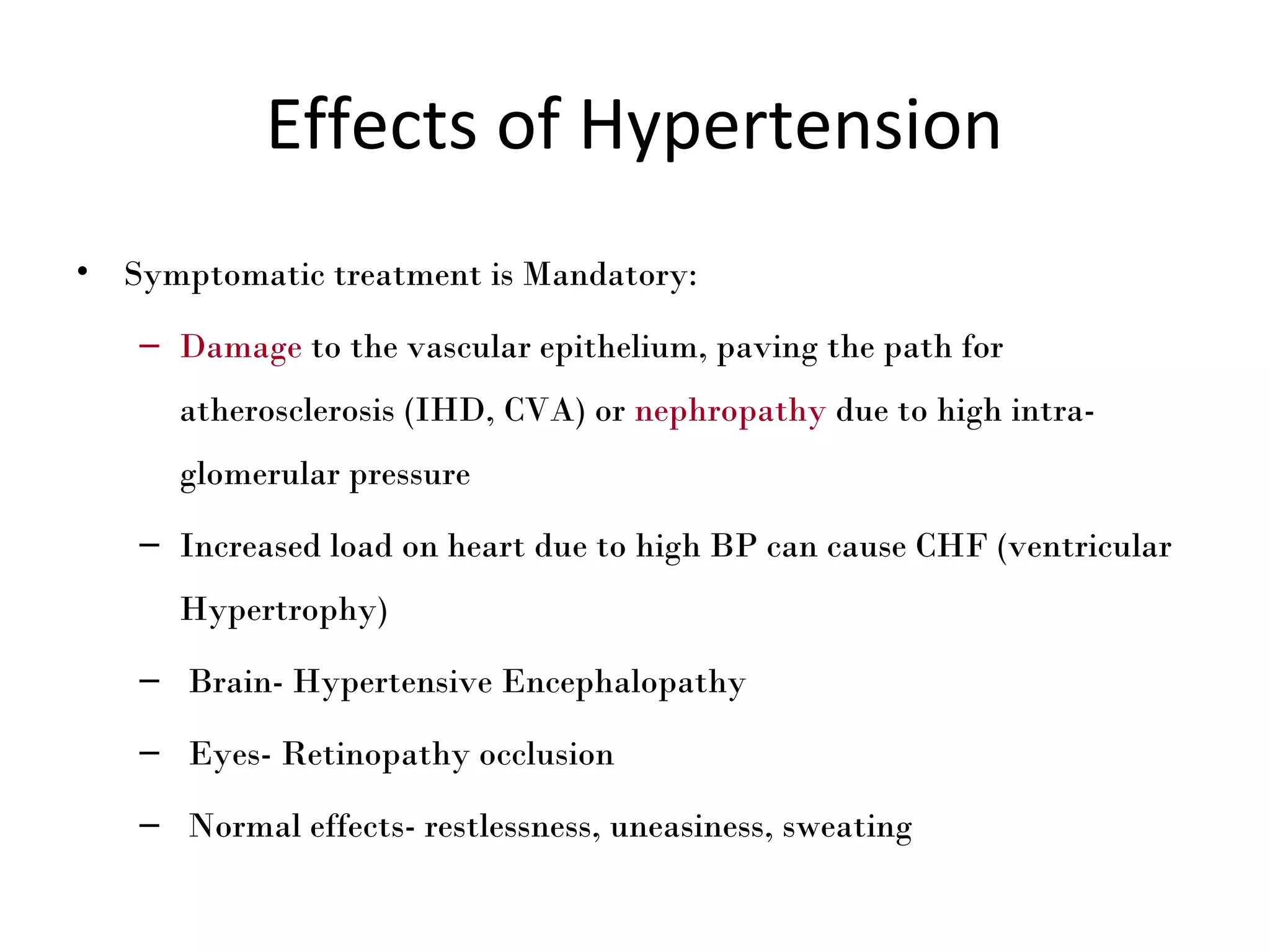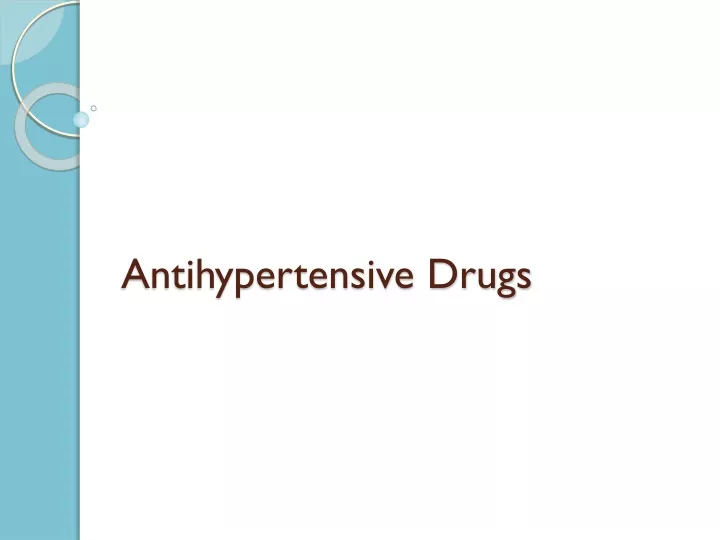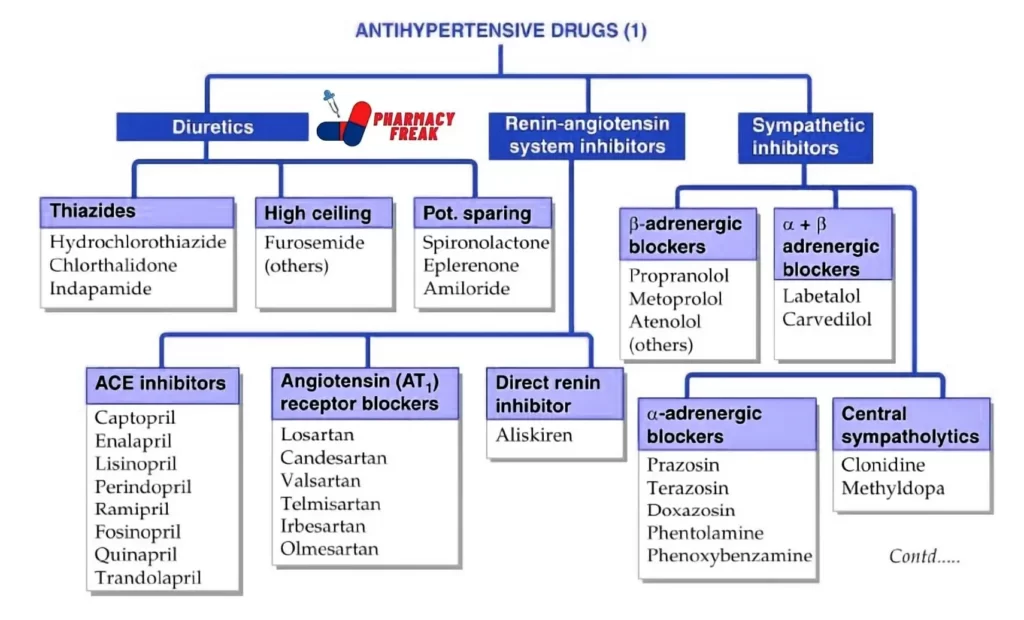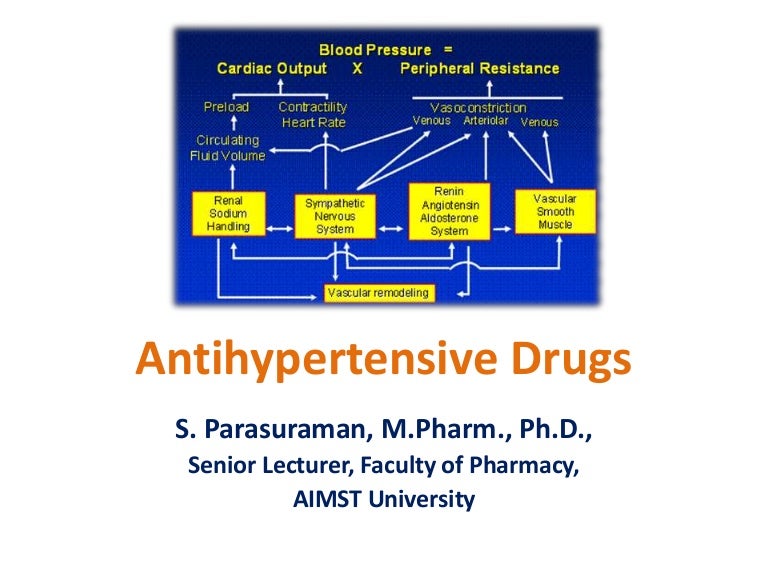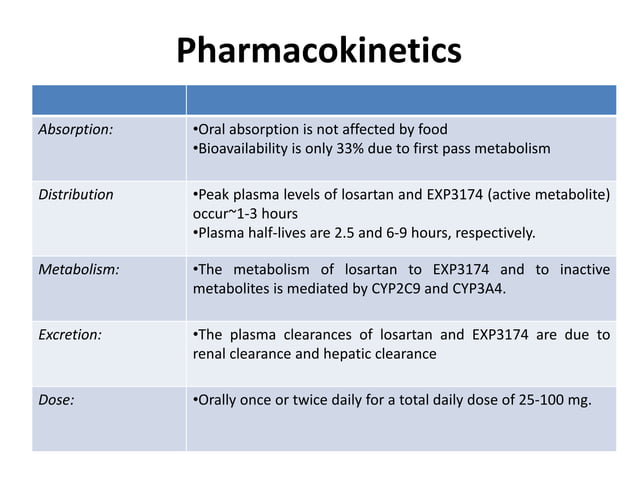The Action Of Antihypertensive Drugs Is To
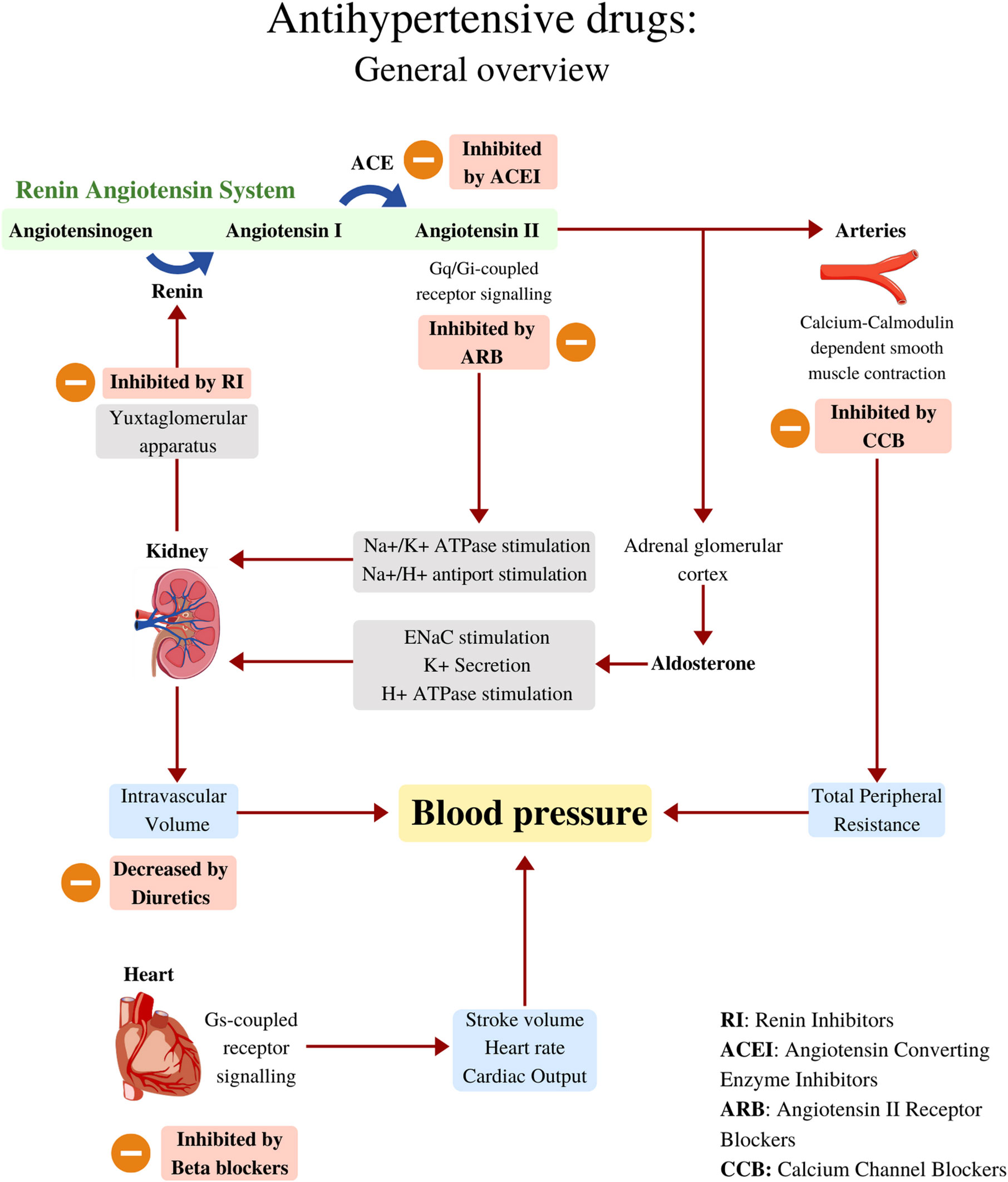
Hypertension, often dubbed the "silent killer," quietly wreaks havoc on global health, contributing significantly to heart disease, stroke, and kidney failure. Millions rely on antihypertensive drugs to manage their blood pressure and mitigate these risks. However, understanding the precise mechanisms through which these medications work is crucial for both patients and healthcare professionals to optimize treatment and improve outcomes.
This article delves into the intricate actions of antihypertensive drugs. It explores how different classes of these medications target specific physiological pathways to lower blood pressure. The aim is to provide a comprehensive overview grounded in scientific evidence and expert opinions.
Understanding the Multifaceted Action of Antihypertensive Drugs
Antihypertensive drugs don't employ a single, universal mechanism. Instead, they represent a diverse group of medications that work through various distinct pathways to achieve the common goal of lowering blood pressure. Understanding these different mechanisms is crucial for tailoring treatment to individual patient needs and optimizing therapeutic outcomes.
Diuretics: Reducing Blood Volume
Diuretics, often the first line of defense in hypertension management, primarily act by increasing the excretion of sodium and water from the body through the kidneys. This reduction in fluid volume directly translates to a decrease in blood volume. Consequently, the heart has less blood to pump, leading to lower blood pressure.
There are several types of diuretics, including thiazide diuretics, loop diuretics, and potassium-sparing diuretics. Thiazide diuretics are commonly prescribed for mild to moderate hypertension. Loop diuretics are typically reserved for patients with more severe hypertension or kidney problems, while potassium-sparing diuretics help to conserve potassium levels in the body.
ACE Inhibitors and ARBs: Blocking the Renin-Angiotensin-Aldosterone System (RAAS)
The Renin-Angiotensin-Aldosterone System (RAAS) plays a vital role in regulating blood pressure. ACE inhibitors (Angiotensin-Converting Enzyme inhibitors) and ARBs (Angiotensin II Receptor Blockers) target this system to lower blood pressure. ACE inhibitors work by blocking the enzyme ACE, which converts angiotensin I to angiotensin II.
Angiotensin II is a potent vasoconstrictor, meaning it narrows blood vessels, thereby raising blood pressure. By blocking its formation, ACE inhibitors promote vasodilation and reduce blood pressure. ARBs, on the other hand, directly block the angiotensin II receptors, preventing angiotensin II from exerting its vasoconstricting effects.
Beta-Blockers: Slowing the Heart and Relaxing Blood Vessels
Beta-blockers primarily act by blocking the effects of adrenaline (epinephrine) and noradrenaline (norepinephrine) on the heart and blood vessels. These hormones, part of the sympathetic nervous system, typically increase heart rate and constrict blood vessels, leading to higher blood pressure. Beta-blockers, by counteracting these effects, slow down the heart rate and relax blood vessels.
This leads to a decrease in cardiac output and peripheral resistance, both of which contribute to lower blood pressure. Beta-blockers are often prescribed for patients with hypertension who also have other conditions, such as angina (chest pain) or arrhythmias (irregular heartbeats).
Calcium Channel Blockers: Relaxing Blood Vessel Walls
Calcium channel blockers (CCBs) work by preventing calcium from entering the muscle cells of the heart and blood vessels. Calcium is essential for muscle contraction, so by blocking its entry, CCBs relax the blood vessel walls. This vasodilation allows blood to flow more easily, reducing blood pressure.
There are two main types of CCBs: dihydropyridines and non-dihydropyridines. Dihydropyridines primarily affect blood vessels, while non-dihydropyridines also have effects on the heart rate. CCBs are often effective in treating hypertension, particularly in older adults and African Americans.
Other Antihypertensive Medications
Besides the major classes described above, several other medications can be used to treat hypertension. These include alpha-blockers, which relax blood vessels by blocking alpha-adrenergic receptors. There are also central-acting agents, such as clonidine, which work in the brain to reduce sympathetic nervous system activity and lower blood pressure.
Vasodilators, like hydralazine and minoxidil, directly relax blood vessel walls, but are typically reserved for severe or resistant hypertension due to their potential side effects.
Individualized Treatment Strategies
The choice of antihypertensive medication depends on a variety of factors, including the patient's age, ethnicity, other medical conditions, and the severity of their hypertension. Often, a combination of medications from different classes is needed to achieve optimal blood pressure control.
For example, the American Heart Association recommends lifestyle modifications, such as diet and exercise, as initial steps. Medication might be added if those steps aren't effective. It's also important for patients to adhere to their prescribed medication regimen, as even the most effective drug will not work if taken inconsistently.
Future Directions in Antihypertensive Therapy
Research continues to explore new and improved ways to manage hypertension. Scientists are investigating novel targets within the RAAS. They are also delving into the role of the gut microbiome in blood pressure regulation, which could lead to new therapeutic strategies.
Personalized medicine approaches, using genetic information to tailor treatment, are also gaining traction. These approaches aim to identify individuals who are more likely to respond to certain medications or who are at higher risk of side effects, allowing for more targeted and effective treatment strategies.
Conclusion
The action of antihypertensive drugs is not monolithic, but rather a diverse and nuanced landscape of mechanisms targeting various physiological pathways involved in blood pressure regulation. Understanding these mechanisms is crucial for healthcare professionals to select the most appropriate medication or combination of medications for individual patients. Ultimately, a personalized and comprehensive approach, combining lifestyle modifications with targeted pharmacological interventions, holds the key to effectively managing hypertension and reducing its devastating impact on global health. Effective management requires a strong partnership between patients and their healthcare providers.


